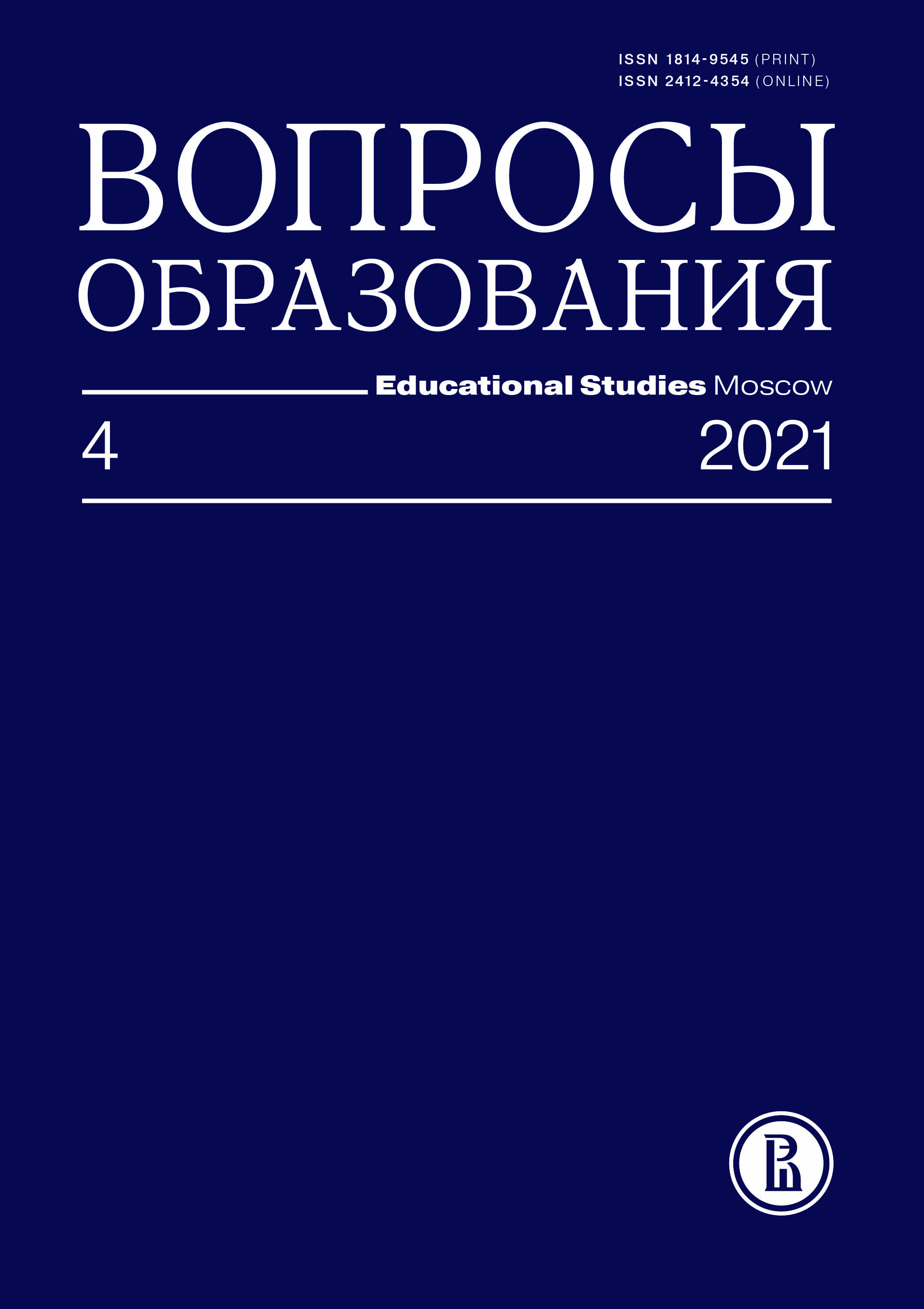François de La Mothe Le Vayer and His De l’instruction de Monsieur le Dauphin: The Concepts of the Golden Mean and Public Good
Abstract
This article investigates into the structure and content of De l’instruction de Monsieur le Dauphin by François de La Mothe Le Vayer. Le Vayer describes the four pillars of the state — religion, justice, finance, and military power — speculating on how thoroughly a hereditary prince of France should study liberal and mechanical arts. He does not recommend the majority of subjects for detailed study, making an exception for rhetoric in the first place and adding three more important subjects: geography, ethics, and physics. In fine arts, according to Le Vayer, the king had better be an experienced connoisseur than a creator. He also describes pretty much in detail the physical activities useful for a king in waiting (swimming, dance, and armed martial arts are recommended, while running is not), as well as possible games and ways of entertainment. A large proportion of the treatise is devoted to proving the harmfulness of astrology, chemistry, and magic. The key principles underlying Le Vayer’s speculations are the “golden mean” and the use of general education as a basis, the elements of which he analyzes separately for applicability in the instruction of a hereditary prince.









